Date: 1 October 2015
Here’s a brief overview from Jason McCabe our Commercial Director:Like our existing range of glass roofs SMARTGLASS Dynamic (powered by Sage Glass) is low E, solar control and comes in an attractive blue tint.Or not. You see, unlike every other glass roof on the market this one provides a high level of solar and glare control when you need it, but when you don’t can revert back to clear glass, allowing the maximum levels of heat and light in during the winter months. Typically the light transmission of SMARTGLASS blue is 40% static, yet Dynamic is switchable from as low as 1% to over 60% light transmission, in the self-same glass panel.
We’ve recently signed an exclusive deal to bring this technology to the UK domestic market and so for me to was absolutely key to see first-hand, to assess in a real life situation and to gain a good understanding technically of this absolutely cutting edge product.
As a technical minded glass professional I was hugely looking forward to seeing the facility first hand, but its fair to say I wasn’t quite prepared for the level of complexity and science in the place. I’ve visited many float lines, a number of UK based magnetron coaters and even the odd nuclear power station in my time, but the physics and chemistry involved here in terms of scope, detail and accuracy is nothing short of staggering.
The electrochromic reaction is actually a fairly straightforward one, and probably something any chemistry teacher could recreate in a flask on a lab worktop. The colour change is created by moving lithium atoms from one electrochromic layer to another – as they move the layer they left behind is changed chemically and to the human eye appears to darken. Reversing the current reverses the reaction, as does turning off the power completely.
The real genius however, and what’s taken over 20 years research is getting this technology scaled down to just a few microns in thickness yet comprising 5 distinct layers, uniform across a large surface and invisible in its normal state. Electrically, for this to work the top and bottom conductive layers need to remain insulated from each other, and that’s hard to do even on a low voltage, when you consider they are less than 1/50th the thickness of a human hair apart. The whole process is in fact so full of scientific challenges, many completely new and unique to this product, that it’s difficult to believe the product exists. From how the glass is coated, to how it is cut, to how it is assembled and tested has to be seen to be believed.
And yet it is here, shortly to be on sale in the UK, exclusively through Clayton Glass. The product will be branded ‘SMARTGLASS Dynamic powered by Sage Glass’ and will sit right at the top of our existing SMARTGLASS range. Initially we will targeting the modular lantern and bifold market with a 4 state wired system, but with options for App based or fully automated control, and even ‘Zoning’ where different areas of the same unit can demonstrate different tint levels. Literature will be available shortly, the modular stocked range is available for delivery before Christmas and in April we will be at the FIT show to launch full scale.
Watch this spacer for further updates, and in the meantime I’d like to extend a huge hand of gratitude to Dr Alan McLenaghan and his leadership team for their warm hospitality in our recent visit.
.jpg)
The first image shows the glass in a few of its different states, note the lower panel is actually one piece of glass but ‘zoned’ into 2 different tints. In this application tints are set to alter automatically during the day as the sun passes through the sky, this was interesting as we spent all day in a fully glazed boardroom with no issues from overheating, glare etc but at the same time no obvious clue the glass was actually doing anything.
The second image is interesting because the glass in the offices either side of the dividing door is the same, an identical unit just one set to maximum and one set to minimum light transmission. That’s pretty amazing hey?
For more information on this exciting new product, please contact our team on 01207 288200, or email: enquiries@smart-glass.co.uk



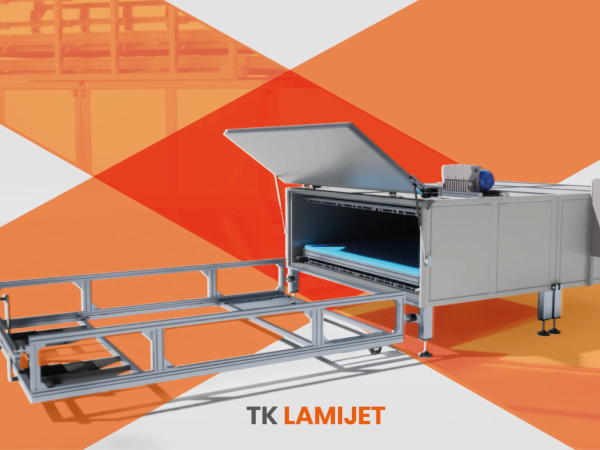
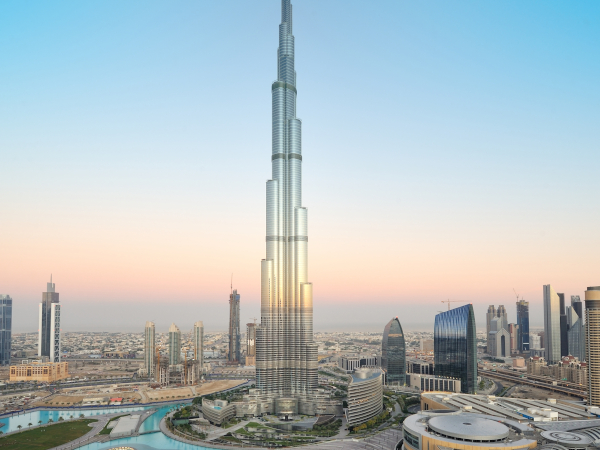
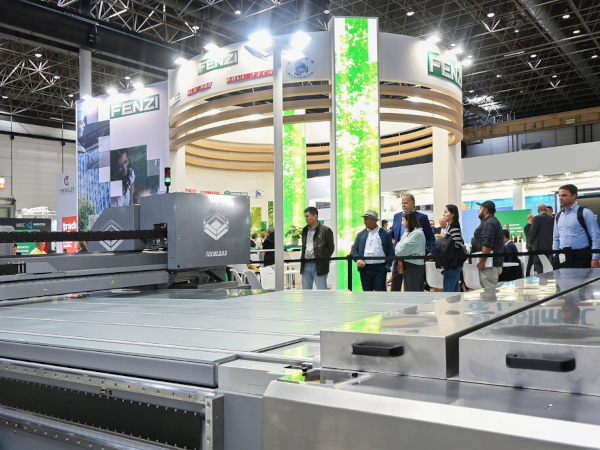
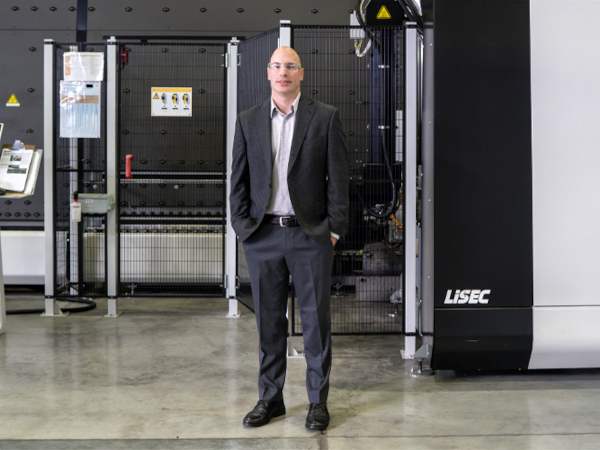
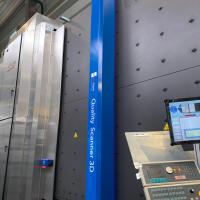

The use of smart glass technology is becoming increasingly popular in modern architecture and construction, as it offers various benefits such as energy efficiency, privacy, and convenience. The article highlights how this new technology can provide a better indoor environment for building occupants by regulating the amount of sunlight that enters the building and minimizing the need for blinds or curtains.
It is exciting to see how technology is advancing and being incorporated into the construction industry. As smart glass technology continues to develop and improve, it will likely become a more widely used feature in buildings and homes. This may result in significant energy savings and better comfort for occupants, ultimately leading to a more sustainable future.